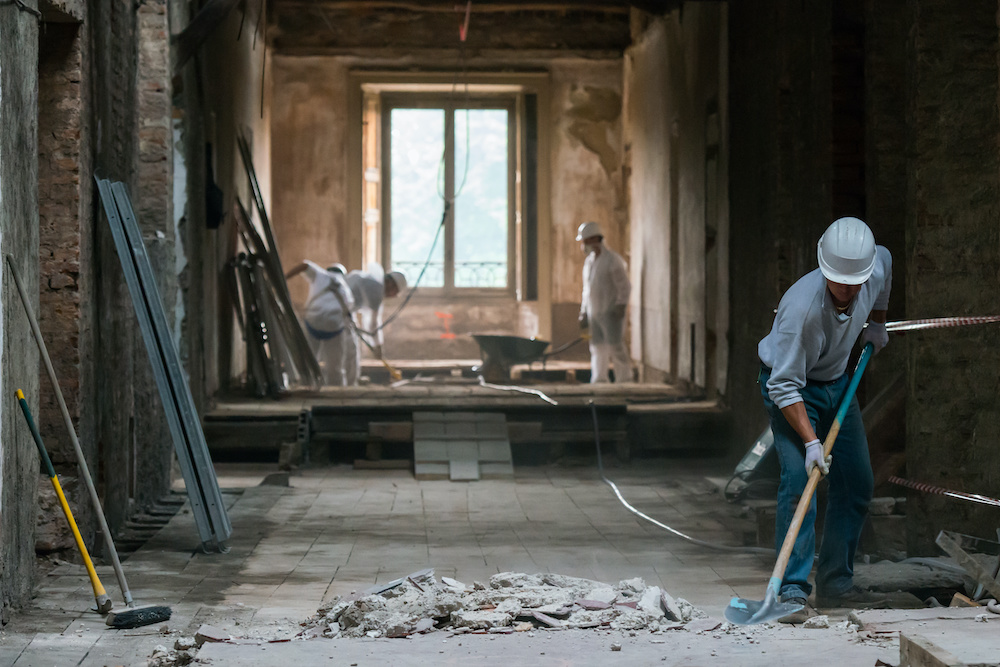Disasters come in many forms—burst pipes, electrical fires, or mold outbreaks silently spreading behind walls. Each type of damage presents unique challenges that require fast, informed, and professional responses. While the sources may differ, what remains consistent is the need for skilled restoration services that know how to handle the crisis from start to finish. A trusted restoration company brings a coordinated approach to emergencies, ensuring that water, fire, or mold damage is handled with precision, safety, and long-term results in mind.
This article explores how experts address water, fire, and mold emergencies—three of the most common property damage issues—and why having the right team makes all the difference in recovering quickly and safely.
Water Damage: Swift Action Prevents Long-Term Problems
Water is one of the most destructive forces in a property. Whether from a plumbing leak, appliance failure, or natural flooding, water can quickly soak through the flooring, drywall, and insulation, creating ideal conditions for mold and structural decay.
Experts begin by determining where the leak or intrusion originated. Once stopped, they use high-powered pumps and vacuums to extract standing water. To find moisture in walls and other concealed places, infrared cameras and moisture meters are used.
Drying is done using dehumidifiers and air movers positioned to create airflow that accelerates evaporation. Technicians monitor humidity levels and adjust equipment to ensure complete drying. Any saturated building materials like carpets, padding, or drywall may be removed if they pose a risk of mold or structural failure.
Time is crucial with water damage. Acting within the first 24 to 48 hours often determines whether materials can be salvaged or need replacement.
Fire Damage: More Than Just Burn Marks
When a fire breaks out, the damage is never limited to charred walls. Smoke, soot, and water used to extinguish the flames can affect nearly every corner of a property. The complexity of fire restoration requires a multi-step approach.
The process begins with a safety inspection. Experts check for structural damage, compromised wiring, or residual hotspots. Then, they secure the property—boarding up windows and doors if needed—to prevent further damage or unauthorized access.
Next comes the removal of soot and smoke. These particles are acidic and can continue damaging surfaces long after the fire is out. Technicians use HEPA vacuums, dry sponges, and specialized cleaners to lift soot from walls, ceilings, and contents. Odor control is handled through thermal fogging or ozone treatment, both designed to neutralize lingering smells at the molecular level.
In parallel, water from firefighting efforts is also addressed, following many of the same steps used in flood recovery. The final phase involves restoring and rebuilding damaged areas—this may include replacing drywall, repainting, and even reconstructing sections of the property.
Mold Growth: The Hidden Health Hazard
Mold is often a consequence of undetected or improperly treated water damage. It thrives in damp, dark areas and can grow within 24 to 72 hours. If left unchecked, it becomes a serious health risk, especially for people with allergies, asthma, or weakened immune systems.
Mold remediation begins with testing and inspection. Using laboratory samples and visual inspections, experts determine the kind and severity of the infestation. Once confirmed, containment is set up to prevent spores from spreading during removal. Negative air pressure systems and physical barriers are commonly used.
Contaminated materials—like insulation, drywall, and carpet—are removed under strict protocols. Afterward, affected surfaces are treated with antimicrobial agents and sealed to discourage regrowth. Air scrubbers fitted with HEPA filters run throughout the process to clean the environment and ensure it’s safe for reentry.
In contrast to surface cleaning, effective remediation gets rid of the mold that is visible as well as the airborne spores that could lead to more outbreaks.
One Team, Many Solutions
Whether dealing with floodwaters, smoke damage, or a hidden mold problem, a qualified restoration company brings the tools, training, and certifications necessary to tackle each issue comprehensively. Their technicians understand how to evaluate structural risks, health hazards, and material integrity all at once—something a basic cleaning crew or handyperson service can’t offer.
By leveraging specialized equipment and industry best practices, they restore not only the appearance of a space but also its safety and functionality. From the first emergency call to the final inspection, these professionals provide peace of mind when property damage turns life upside down.


